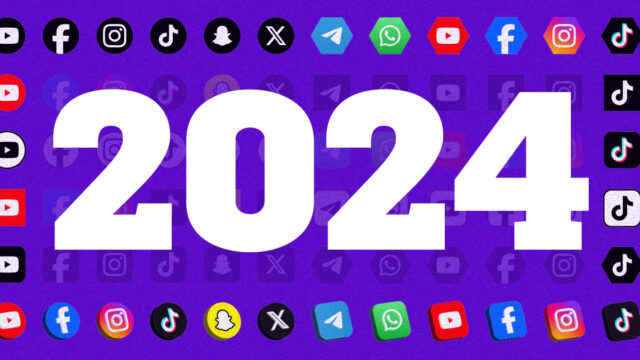Cottagecore, balletcore, gorpcore … just a few of the many labels that seemed to dominate the discussion in the last few years, causing brands to look for new ways to capitalize on the emerging trends of the moment. But in a recent breakdown from trend forecaster @thedigifairy, these “cores” have faded just as quickly as they multiplied. The surface level, isolated, all-encompassing aesthetics and cores have inevitably left consumers feeling, well … bored.
After all this core-hopping, how will brands reach consumers next? This is where lore, the original IYKYK, will bridge the gap.
As an avid gamer and fantasy fan, I wasn’t surprised when the word “lore” recently emerged back in the zeitgeist. But I realized its all-encompassing impact when Olympic runner Noah Lyles made headlines for pulling out a Yu-Gi-Oh! card after reaching the finish line. The flash of the Blue-Eyes White Dragon card connected him with a huge audience that identified its meaning and knew only a person with a deep understanding of the beloved franchise would show such a card at the end of a race. Lyles was able to catapult himself wielding another brand’s lore, but also infused it with his own; now, even non-sports fans like myself will likely be tuning in to see what card he pulls out next.
In this seemingly niche act, Lyles represents a great swing back to authenticity, and even exclusivity, when it comes to sharing oneself with the world—and brands should take notice. In 2024, a brand’s lore is a club, where only those with the knowledge and understanding find a connection to one another and have access to enter—access that inevitably becomes coveted.
Just ask Taylor Swift, who has built a billion-dollar business by betting that her fans will be as invested in following her lore as her music. Those understanding her lore are rewarded in new, often intangible ways, like being in the know or having a greater perspective of the work than the wider public.
Jonathan Anderson’s I TOLD YA shirt, first seen in the movie Challengers, was labeled the T-shirt of the summer—but not everyone knew what the three words meant. It references the Kennedys, the themes at hand in the movie, and arguably Anderson and LOEWE’s brand as a whole, one that is known for intersecting traditional and modern influences and pop culture. At the end of the day, it got me and many others Googling, proving that lore is not just a singular story or symbol, but also the “why” in the greater context of a brand’s world. Tapping into or building upon this continuous story will undoubtedly make a more meaningful impression on consumers.
The key is always authenticity. Like Lyles, McDonald’s capitalized on anime lore for their February “WcDonald’s” capsule. The fictionalized representation of the fast food chain that has popped up in anime since the 1980s was seen on sauces, packaging and new original content. To most, taking a chance on this niche storyline might be considered a risk, but in zeroing in on a beloved, almost inside joke within a community, they put their audience first—to great applause.
McDonald’s also saw a huge spike in sales last year when fans went as far as to make up their lore for the franchise’s character Grimace. During the launch of “Grimace’s Birthday,” TikTokers decided a more insidious story was appropriate for why the shake was created. This wasn’t planned by McDonald’s, of course, but they didn’t fight it. The phenomenon propelled the shake to outperform all other McDonald’s shake flavors in sales.
As Matthew Prince, an adjunct professor of social media and influencer marketing, told CNN, “What may seem like negative expression is a positive reflection of [the] ability to connect with a generation.” One could call this connection a fleeting trend, but it was likely due to creators feeling part of shaping the trajectory of Grimace lore forever (for better or worse).
Undeniably, capitalizing on lore for any brand may prove to be a slow process, as it needs much more consideration and manpower to strategize around. It also takes time to build and develop well, which today’s cycle does not always allow for. Picking up fans who “get it” may also happen more slowly than it did for the cores, like sowing seeds early to reap the crop later on.
For every person who gets it, one might lose five who just don’t. But with all these risks, brands could realize huge rewards—not just gaining fans, but ones who will stay engaged after a trend cycle ends. Ultimately, it’s about playing the long game. In weaving a rich tapestry of history, aesthetics and references over jumping on fleeting micro-moments, brands can meet Gen Z in their desire for deeper brand storytelling, world-building and connection.










